More than 60 years has passed since the first mulching in the sandy fields of Khuzestan, and this long time has not been able to create an understanding between the supporters and opponents of using mulch. Now, this old story has once again been discussed by activists and environmental experts. Proponents of mulching see the conversion of 63,000 hectares of sandy fields of Khuzestan into hand-planted forests as a reason for the successful implementation of mulching in the province, and the opponents consider soil stabilization at a heavy cost, the destruction of the natural ecosystem of sandy fields and damage to the environment to be unjustifiable as well. Experts in the field of desert and natural resources believe that mulching along with biological stabilization is one of the successful methods of stabilizing quicksands, and the opponents are of the opinion that the negative effects and consequences of mulching are more than the positive results and they do not consider it necessary to do this for some reasons. Some activists and environmental experts consider the destruction of the ecosystem of sand dunes and the subsequent unique and rare plants and animals of sandy areas and the migration of rare native animal species among the negative results of mulching and on the other hand in defense for mulching, stabilization of quicksands, increase of fodder production per hectare and development of animal husbandry, prevention of influx of quicksands to residential areas and finally prevention of migration of villagers are considered positive achievements of mulching.
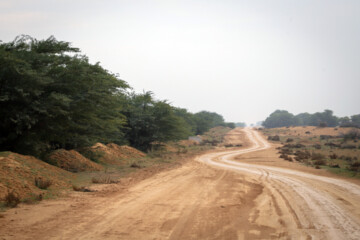
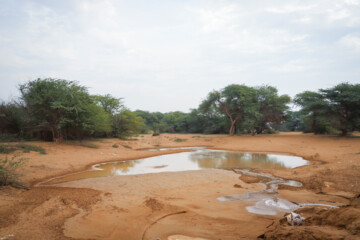

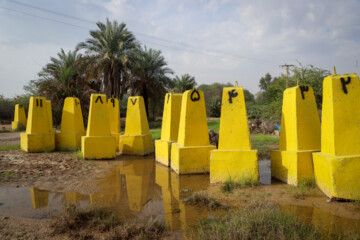
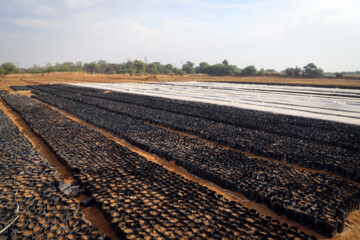

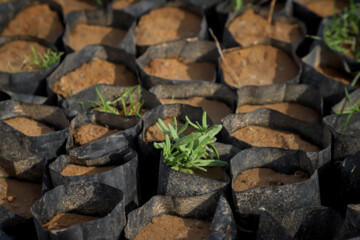
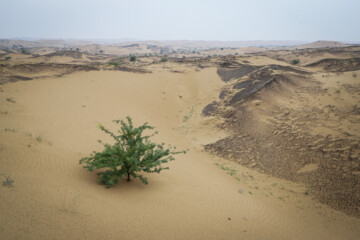
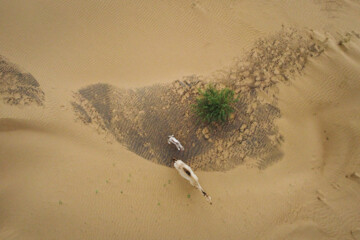
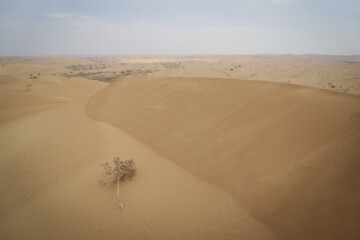
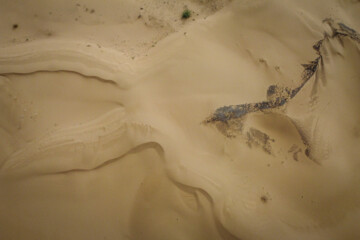

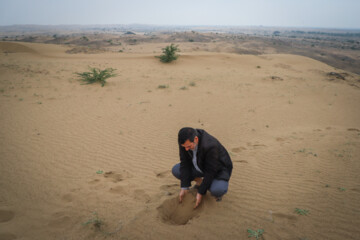

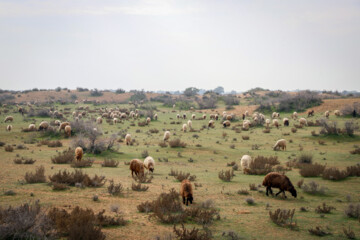
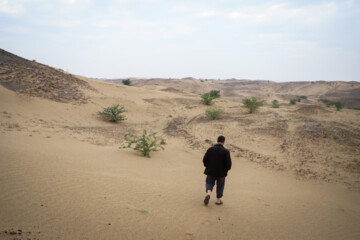
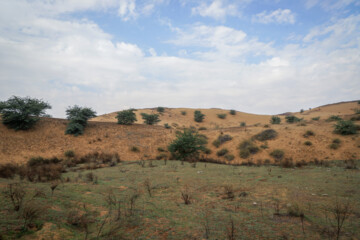
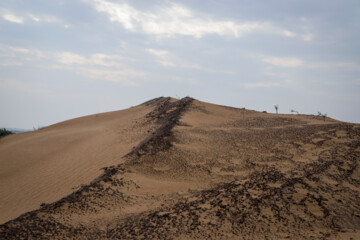
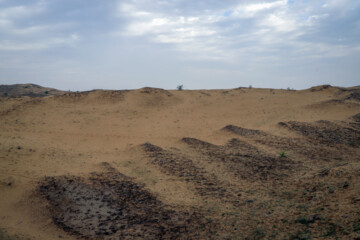
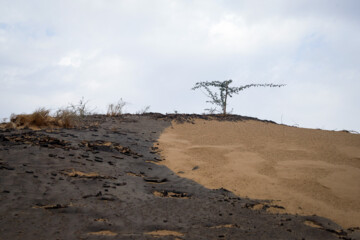
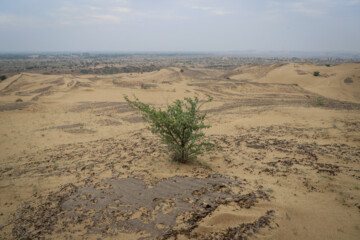
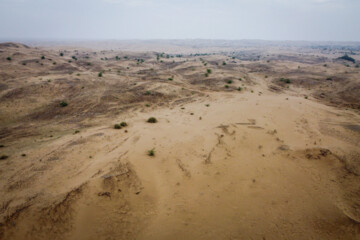
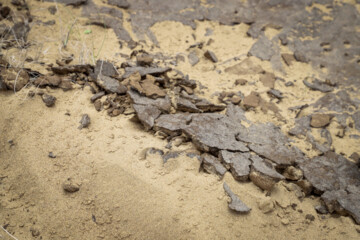
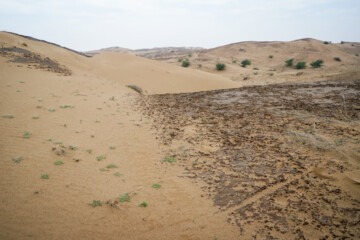
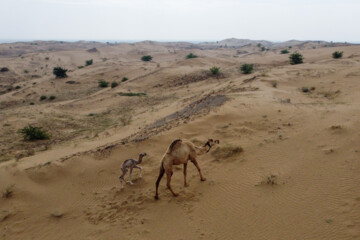
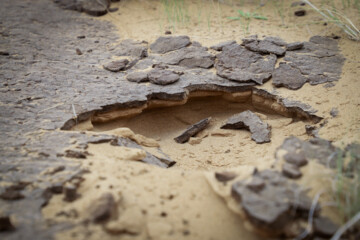
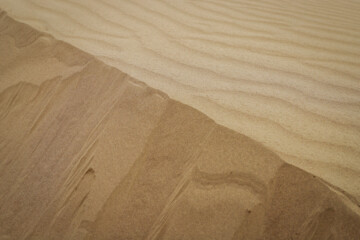
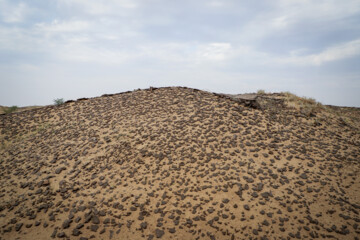
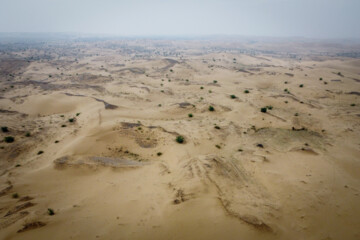
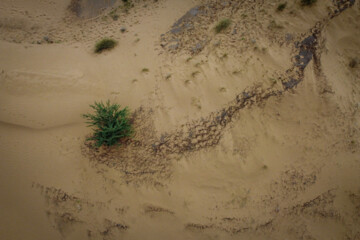
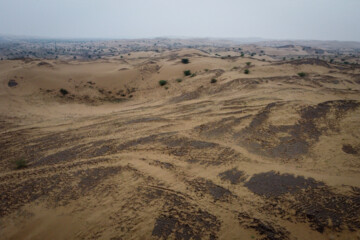
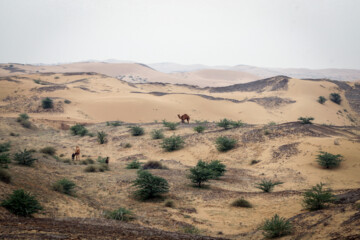
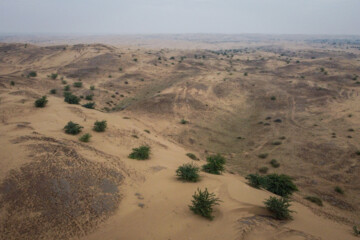

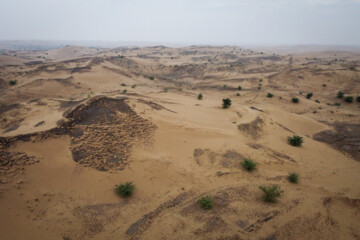
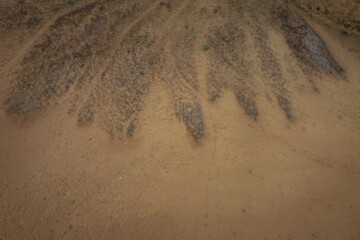
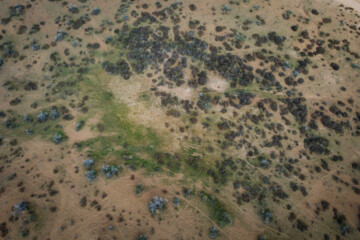
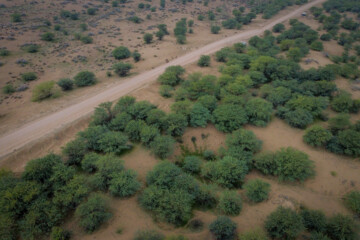
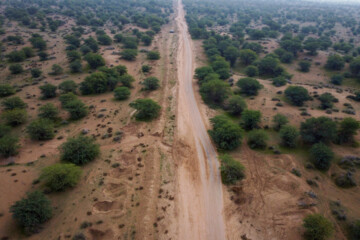
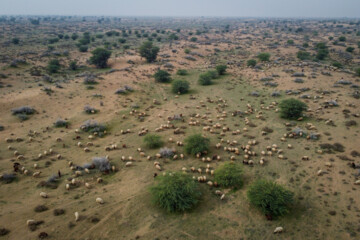
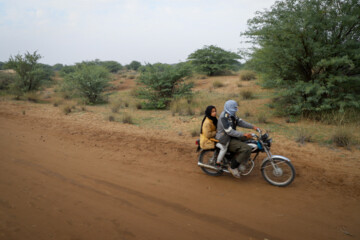

Your Comment